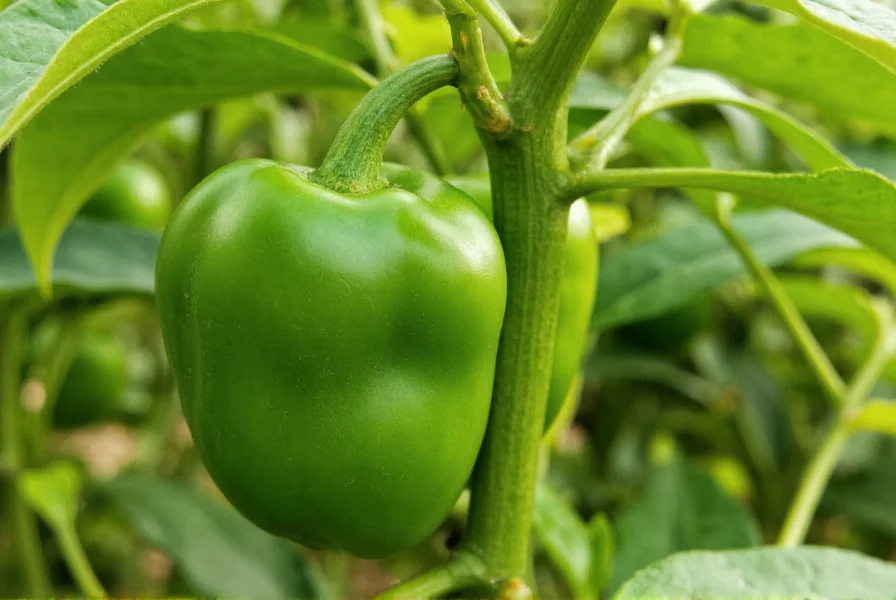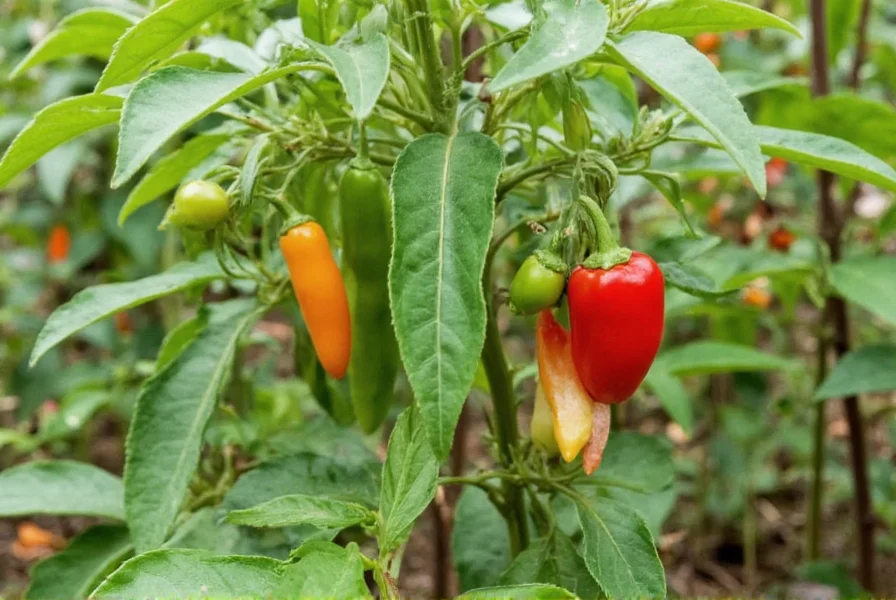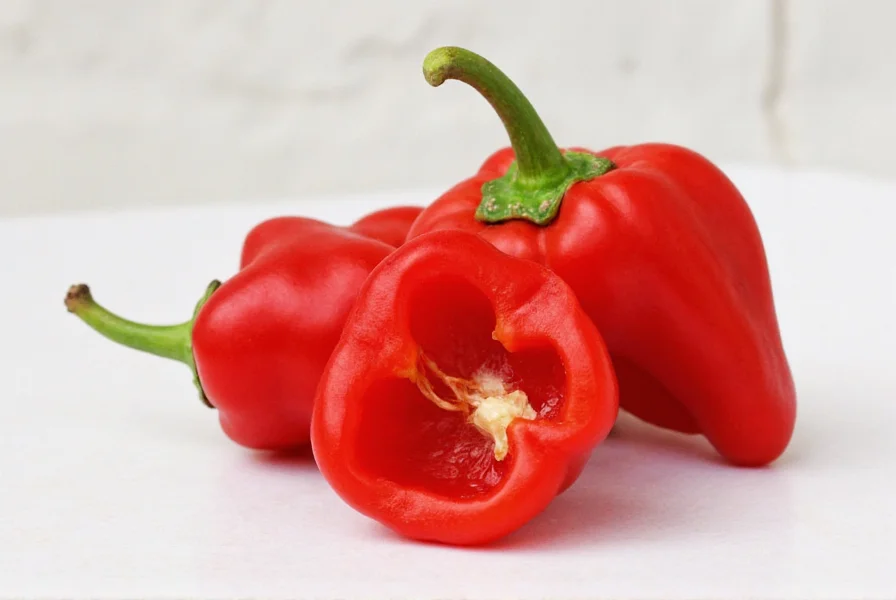Understanding the unique characteristics of serano peppers helps home cooks and culinary enthusiasts make informed decisions when selecting ingredients for their recipes. Unlike many chili varieties that have gained popularity through commercial breeding, seranos maintain their traditional qualities while offering versatile culinary applications.
Physical Characteristics and Identification
Serano peppers (Capsicum annuum) feature distinctive physical attributes that set them apart from other chili varieties. These peppers grow upright on the plant, unlike jalapeños which hang downward. Their smooth, glossy skin comes in vibrant green when immature, gradually changing to red, orange, or yellow as they reach full maturity. The average serano measures 1.5-2.5 inches in length with a diameter of approximately 0.5-0.75 inches, making them noticeably thinner than their jalapeño counterparts.

Heat Level and Flavor Profile
When evaluating how hot are serano peppers, they consistently register between 5,000-15,000 Scoville Heat Units (SHU) on the capsaicin scale. This places them significantly hotter than jalapeños (2,500-8,000 SHU) but milder than cayenne peppers (30,000-50,000 SHU). The heat distribution in seranos concentrates primarily in the seeds and inner membranes, with the flesh offering a clean, grassy flavor with citrus undertones.
| Pepper Variety | Scoville Heat Units | Relative Heat Level |
|---|---|---|
| Serano | 5,000-15,000 | Moderate |
| Jalapeño | 2,500-8,000 | Mild to Moderate |
| Habanero | 100,000-350,000 | Very Hot |
| Poblano | 1,000-2,000 | Mild |
Serano Pepper vs Jalapeno: Key Differences
The serano pepper vs jalapeno comparison reveals significant distinctions beyond just heat level. While both originate from Mexico and belong to the Capsicum annuum species, they differ in several important aspects:
- Shape and growth pattern: Seranos grow upright on the plant and have a slender, elongated shape, while jalapeños hang downward and are shorter and wider
- Flavor complexity: Seranos offer a brighter, more herbal flavor with citrus notes, whereas jalapeños have a deeper, earthier taste
- Heat consistency: Seranos maintain more consistent heat levels across different growing conditions compared to jalapeños
- Culinary applications: Seranos work better in fresh preparations like salsas due to their crisp texture, while jalapeños suit roasting and smoking
Culinary Applications and Recipe Ideas
The versatility of serano pepper uses in cooking spans multiple culinary traditions, though they're most prominent in Mexican cuisine. Their crisp texture and clean heat make them ideal for:
- Fresh salsas and pico de gallo
- Ceviche and seafood dishes
- Vinegar-based hot sauces
- Stuffed pepper preparations
- Garnishes for soups and tacos
When working with seranos in recipes requiring heat adjustment, remember that removing seeds and membranes reduces spiciness while preserving flavor. For those seeking serano pepper substitutes, jalapeños provide a milder alternative, while fresno peppers offer a closer heat match with similar flavor characteristics.
Growing Serano Peppers Successfully
For gardeners interested in growing serano peppers at home, these plants require similar conditions to other chili varieties but with some specific considerations. Serano plants typically reach 18-24 inches in height and produce abundant yields when given:
- Full sun exposure (6-8 hours daily)
- Well-draining soil with pH between 6.0-7.0
- Consistent moisture without waterlogging
- Temperatures between 70-85°F (21-29°C)

Harvesting occurs approximately 70-80 days after transplanting, with peppers ready when they reach full size and develop their characteristic glossy sheen. For maximum heat, allow peppers to fully ripen to red on the plant.
Nutritional Benefits and Storage Methods
Beyond their culinary value, serano peppers offer notable serano pepper nutritional benefits. Like other chili peppers, they're rich in:
- Vitamin C (providing over 100% of daily value per serving)
- Vitamin A and beta-carotene
- B vitamins including B6 and folate
- Dietary fiber
- Antioxidants like capsaicin
Proper storage extends freshness significantly. Store unwashed seranos in a perforated plastic bag in the refrigerator crisper drawer for up to three weeks. For longer preservation, consider pickling, freezing, or drying methods. When handling hot peppers, always wear gloves and avoid touching your face to prevent skin irritation.
Finding Quality Serano Peppers
For those wondering where to buy fresh serano peppers, they're increasingly available at mainstream grocery stores, especially in regions with significant Mexican culinary influence. Specialty markets, farmers' markets, and online seed retailers provide reliable sources. When selecting fresh seranos, look for firm, glossy peppers without wrinkles, soft spots, or discoloration. The best specimens feel heavy for their size with vibrant color and crisp stems.
Frequently Asked Questions
Are serano peppers hotter than jalapeños?
Yes, serano peppers are typically 2-3 times hotter than jalapeños, measuring 5,000-15,000 Scoville Heat Units compared to jalapeños' 2,500-8,000 SHU. The heat difference becomes particularly noticeable when eating them raw in fresh preparations.
Can I substitute serrano peppers for jalapeños in recipes?
You can substitute serrano peppers for jalapeños, but you'll need to adjust quantities due to the significant heat difference. As a general rule, use half as many serranos as jalapeños called for in a recipe. For milder results, remove seeds and membranes from the serranos before use.
How should I handle serano peppers to avoid skin irritation?
Always wear disposable gloves when handling serano peppers, especially when cutting or seeding them. Avoid touching your face, particularly eyes, during preparation. If irritation occurs, wash affected areas with soap and water, then apply milk or yogurt to soothe the burning sensation caused by capsaicin oils.
What's the best way to preserve serano peppers?
The best preservation methods for serano peppers include pickling (which maintains crunch and flavor), freezing (after roasting for deeper flavor), or drying (for concentrated heat). Fresh seranos stored in a perforated plastic bag in the refrigerator crisper will last 2-3 weeks. For long-term storage, consider making hot sauce or freezing pureed peppers in ice cube trays.
Do red and green serano peppers taste different?
Yes, red and green serano peppers have distinct flavor profiles. Green seranos offer a brighter, grassier flavor with sharp heat, while red seranos develop sweeter, fruitier notes with slightly more intense heat. The red varieties contain higher capsaicin concentrations and more developed sugars, making them better suited for sauces where complexity is desired.











 浙公网安备
33010002000092号
浙公网安备
33010002000092号 浙B2-20120091-4
浙B2-20120091-4